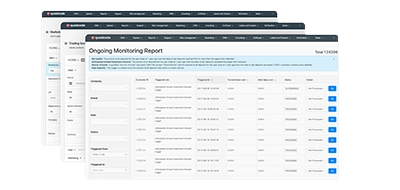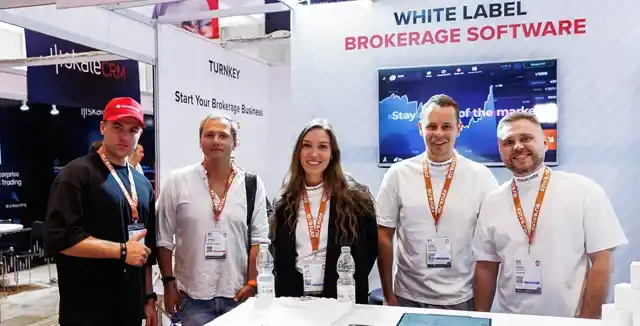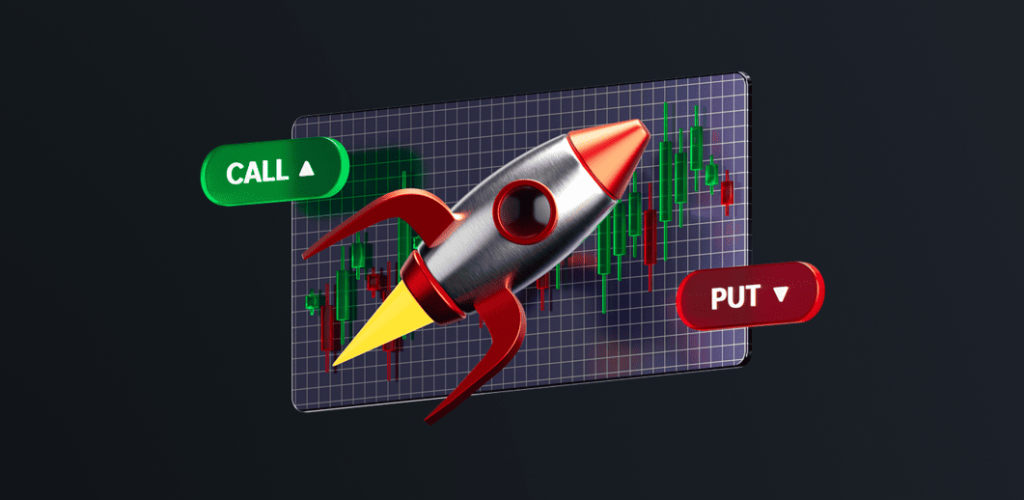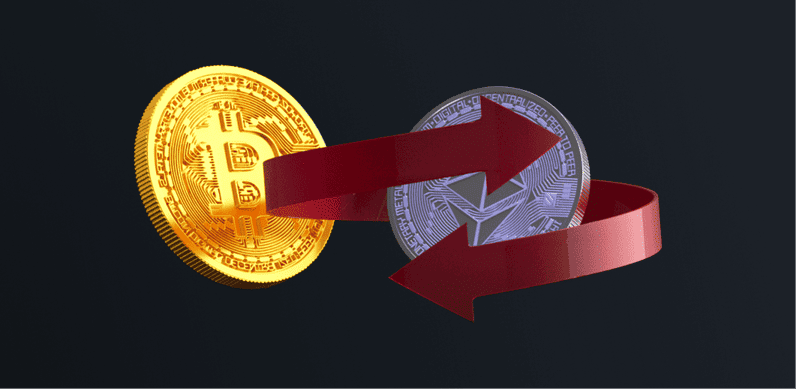Back
Contents
What is а Limit Order?

Demetris Makrides
Senior Business Development Manager

Vitaly Makarenko
Chief Commercial Officer
A limit order is a trading tool that allows traders to purchase or sell financial items at a price that is set by them before the order is filled. Limit orders stand apart from market orders in that they are not promptly executed as market orders are. Limit orders provide traders control over their transactions since they are executed only when the asset’s price reaches the precise level that they have established for accurate entry and exit points in their trades.
How a Limit Order Works
An individual’s limit order is instantly recorded in the order book of the relevant exchange upon its creation. It remains within the order book of the exchange until the market meets the specified conditions of the trade and the designated price is reached. In the event that the market price meets or exceeds the specified price, the trader’s order is completed at the optimal price.
There is a chance that the order you have set will not be triggered. That can happen if the price never reaches the price set on the order. Another scenario could be that your trade might only be partially executed. If the traded asset is in a market with lower trading volume and low liquidity, even if the price reaches the set limit, only a portion of the order could be filled while the remainder stays pending in the order book until there is adequate liquidity and favorable pricing for completion of the order.
Assume for the sake of argument that you are keen on buying an asset whose share price is $50 right now. Once it hits $48 is when you’d wish to purchase it. Thus, you would set a limit order for $48 and it will only be filled when the price drops to this price or lower, meaning you get your requested price or even better. The same works when you want to sell. You may create a sell limit order at $52 if that’s the price you wish to sell at. This order will be executed only when the price reaches this point.
Pluses of Limit Orders
Perhaps the biggest plus of using a limit order when trading is that it provides one with a much higher degree of price control. Because a trader actually sets his desired price, he is assured that if it gets filled, it will be at that exact price, or better. The more volatile the market is, the bigger this plus becomes. A market order in such a market can cause traders to pay more than they expected or secure less profit that they counted on because of the sudden market movements. However, a limit order eliminates this problem and provides traders with price protection. With a limit order, a trader will not be caught off guard due to a sudden pump or an unexpected dump in prices, but ensures your trades stay aligned with your trading strategy, analysis and expectations. This also allows traders to manage their risks and unpredictability of financial markets.
One significant benefit of opting for a limit order than a market order is the ability it gives traders to carefully strategize their trading moves. After finishing their analysis and gaining insight into market trends, traders can place a limit order for an asset and proceed with their other tasks without the need to constantly monitor price movements on a screen. He does not have to sit in front of the chart, waiting for the price to reach his desired mark. This gives traders more freedom than simply having to be stuck in front of a monitor.
Minuses of Limit Orders
While limit orders offer benefits, they also come with certain drawbacks to consider. One evident drawback is the possibility of the order not being executed if the market fails to reach the specified price point. This scenario can be particularly frustrating in changing markets when the price approaches but falls short of triggering the limit order placement. This can be especially upsetting if the trader’s analysis is spot on, but the trading opportunity is missed because the limit order is not filled and the price runs away from it.
Another disadvantage with using limit orders arises when trading in markets with low liquidity. As briefly mentioned above, in such markets a price can reach your set limit, but there may not be enough buyers and sellers at the moment in the market. Your limit order may be unfilled or only partially filled. This can create a problem when trying to stick to a strategy, forcing a trader to adjust their other goals or take on additional trades in order to meet their original profit target.
There is also an element of complexity that comes with using limit orders that can be a challenge for newer and inexperienced traders. Traders must be mindful of unfilled or partially filled orders and not forget about them as they are trading. For example, suppose a trader forgets about a limit order that was set but not filled. This order will remain in the order book for an indefinite amount of time, and if it is not deleted, it can be triggered later on, when it is no longer a part of the strategy, a so-called “forgotten order”. This can cause a trader to lose money on trades, or not have enough margin for open positions or other limit orders. When using a market order, this complexity is simplified, as all orders are filled immediately. Thus, when using limit orders as part of the overall trading strategy, traders must pay extra attention and better asset management.
Tips for Using Limit Orders
When you’re placing limit orders in trading scenarios, it’s important to think about how realistic your limit prices are instead of solely focusing on maximizing profit potential by setting prices too far from the current market rate since that could lead to missed opportunities when the market doesn’t hit your target price point. Instead of chasing gains with far off limit prices, take into account current market conditions and consider setting a price that strikes a balance between being achievable and in line with the market reality. This practical approach boosts the chances of your order getting executed while helping you steer clear of missing out on valuable trading prospects.
One key factor to consider when employing limit orders to their potential is understanding and making use of the various “time in force” choices that come with them. For instance, A Good ‘Til Canceled (GTC) order stays active until it gets executed or you cancel it yourself; this allows your order to stay open for a chance to be completed as long as the market conditions match your specified price point. Alternatively an Immediate or Cancel (IOC) order needs to be completed right away or it will be terminated, presenting a more aggressive approach in rapidly changing markets. Selecting the appropriate time frame option can greatly influence how effective your limit order plan is.
While limit orders offer automation in trading activities and convenience to traders, it’s important to stay up to date with the market and keep track of your orders constantly as market conditions are subject to sudden changes and what initially appeared as a well placed order may require tweaks with the emergence of new information. By checking your orders and making timely adjustments or cancellations when needed to align with your trading strategy and current market dynamics ensures that your trades are in line with your vision for the market.
To improve your trading strategy further and have control over your trades entry and exit points, consider combining limit orders with other trading tactics. For example, you can use a limit order along with a stop loss order to manage risks effectively by regulating when you enter and exit trades. In addition, combining trailing stops with limit orders can help secure profits when the market moves favorably while also safeguarding against reversals. Utilizing an approach like this can enhance your trading strategy significantly and empower you to confidently navigate the intricacies of the market.
Conclusion
Limit orders are extremely powerful tools when used correctly that allow traders greater control of price action when entering or exiting trades. Limit orders allow traders to be more precise when trading and add to their risk management of volatile and fluctuating markets. When traders are skillful at using limit orders, and are familiar with their difficulties and drawbacks, they are able to make better trading choices, better manage their strategies, and be more consistent of making a profit when trading.
Updated:
December 19, 2024




